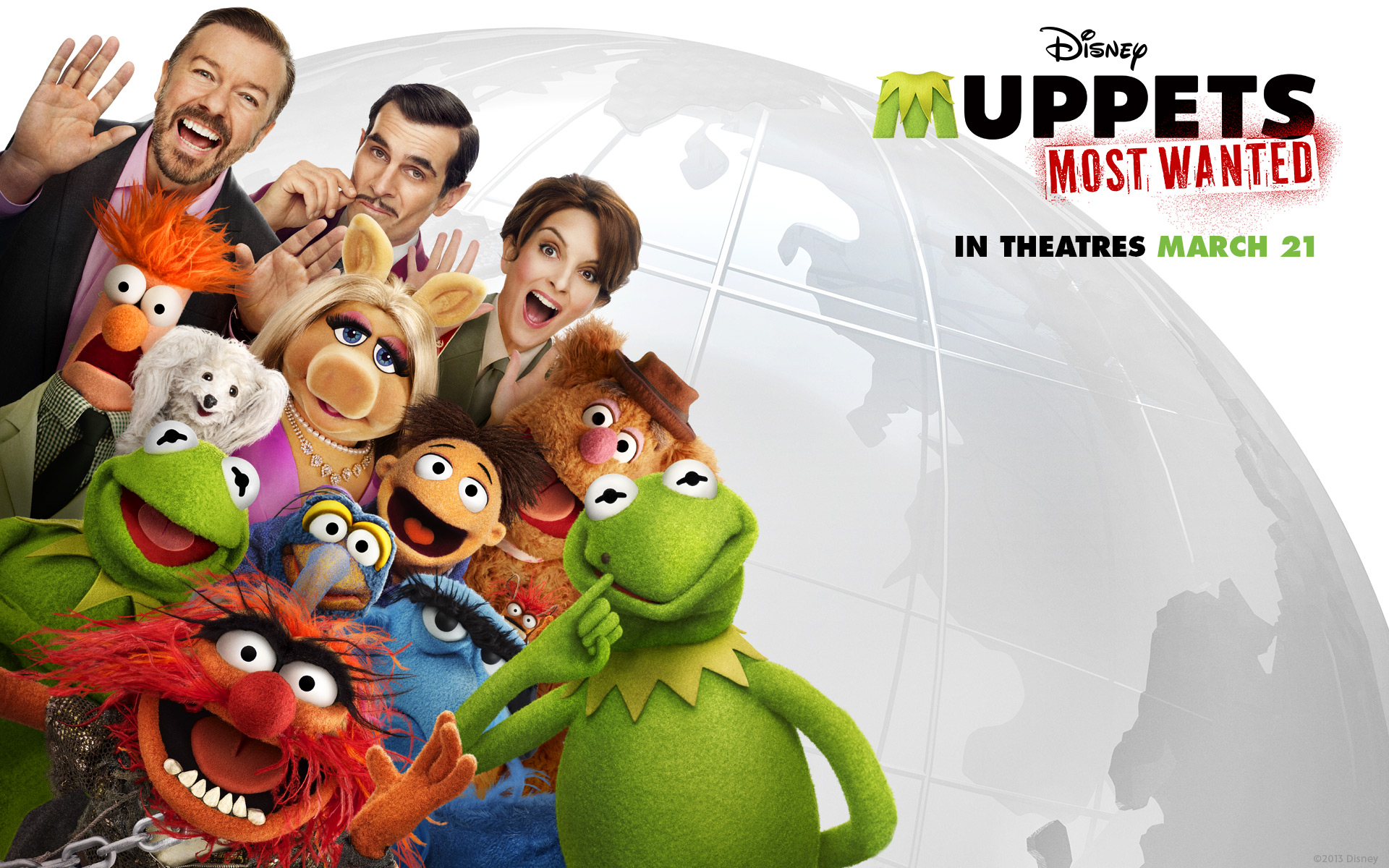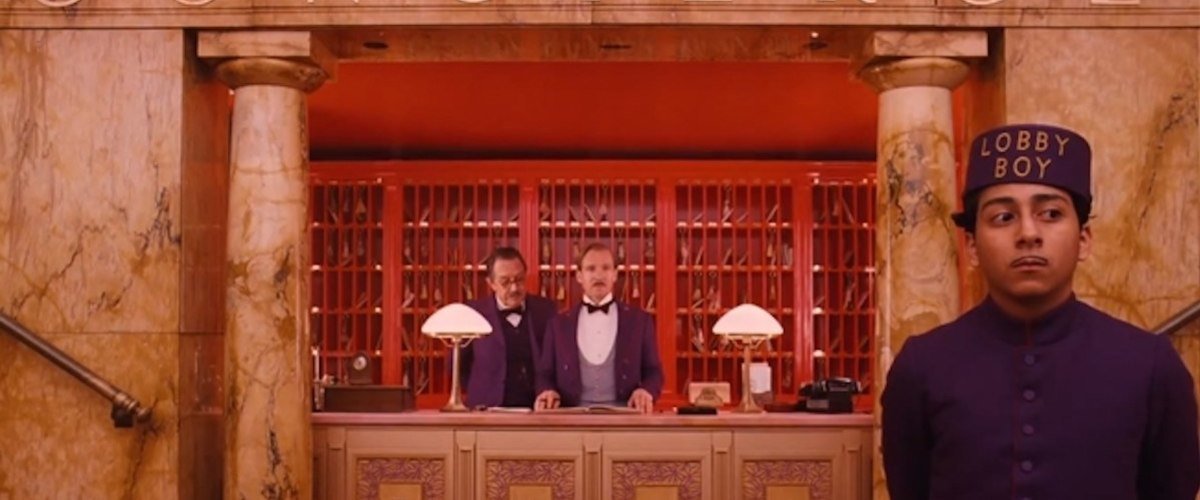In the opening musical sequence of “Muppets Most Wanted”
Kermit and his felt friends sing an extended number about being forced to make
a sequel to their successful 2011 comeback movie. The song expresses anxiety
and frustration about meeting the expectations by the fans--old and new alike--while
at the same time trying to remain fresh and energetic for its own sake. It
would be rather easy to say that the sentiments of this song pretty much sums
up the overall execution of this sequel, and as I have chosen to frame this
review with that observation, that’s not an entirely unfair assertion to make.
The
stretch marks in this overworked installment will surely be noticed and
compared to the breezy, effortless humor of its predecessor. However, though this movie doesn’t exactly
pick right up where the last one left off, I found a traditional charm in this
offering that isn’t altogether unremarkable
This
Muppets adventure is kicked off when they decide to hire a mysterious road
manager named Dominic Badguy (pronounced bad-jee and played by Ricky Gervais).
His plan is to take them on a trans-national tour, performing in world-famous
landmarks that just happen to be next door to the locations of invaluable items.
What the Muppets don’t know is that their fearless leader Kermit has been
replaced by an evil doppelganger named Constantine, who has sent the frog to serve
his sentence in a Russian gulag, policed by a tough prison guard named Nadya
(Tiny Fey). But have no fear! Working
for the FBI, Sam the Eagle is paired with a French Interpol agent (Ty Burrell)
as they follow the robberies that coincidentally occur along the Muppets world
tour.
Most of
the creative team behind the success of the 2011 Muppets reboot has returned
for this installment; including director James Bobin, who had previously worked
on the Flight of the Conchords HBO series, song writer Bret McKensie, who stared
and performed with the Conchords, and screenwriter Nicholas Stoller, who had
previously collaborated with Jason Segel—now MIA for this reunion. And perhaps
it’s Segel’s fanboyish glee that elevated the last Muppets movie and restored
to it some much needed heart. Here, in “Muppets Most Wanted”, the songs aren’t
as memorable, the direction isn’t as focused, the humor isn’t as sharp, and the
plot is noticeably labored.
Despite
the fact that the more streamlined predecessor was in most ways a better movie’s
movie, as a fan of the Muppets’ cultural entity, I actually prefer this messier
effort. Though the last movie was funny
and clever and the songs were instantly hummable, its primary goal was to
familiarize a new generation with the Muppets’ comedic appeal. In doing
so—mostly successfully—that movie put a lot of ironic distance between the
characters and the plot, and it benched many of my favorite Muppets, giving
huge chunks of screen-time to Jason Segel, Amy Adams, and their new Muppet
character Walter, who returns for this sequel.
Even
though this chubby, plot-heavy, somewhat emotionally flat sequel may not play
as smoothly, it gives more space for Muppets to be involved in the actual
narrative, rather than having them showing up as cameos in the background. Likewise, the human celebrities in this movie
are much more naturally integrated into the fold, playing characters instead of
just lazily spoofing themselves. In a lot of ways, this is more like a
continuation of the Muppet features from the 70s and 80s, rather than the
post-modern, smart-alecky reboot from 3 years ago—which, frankly, people think
they liked more than they actually did.
Grade: B-
Originally published in the Idaho State Journal/March-2014
Originally published in the Idaho State Journal/March-2014




